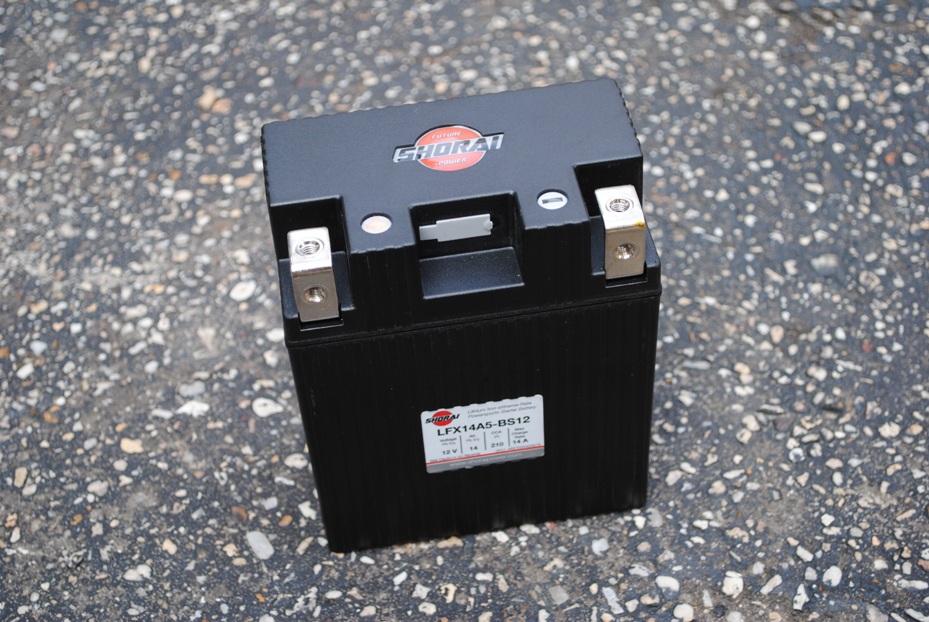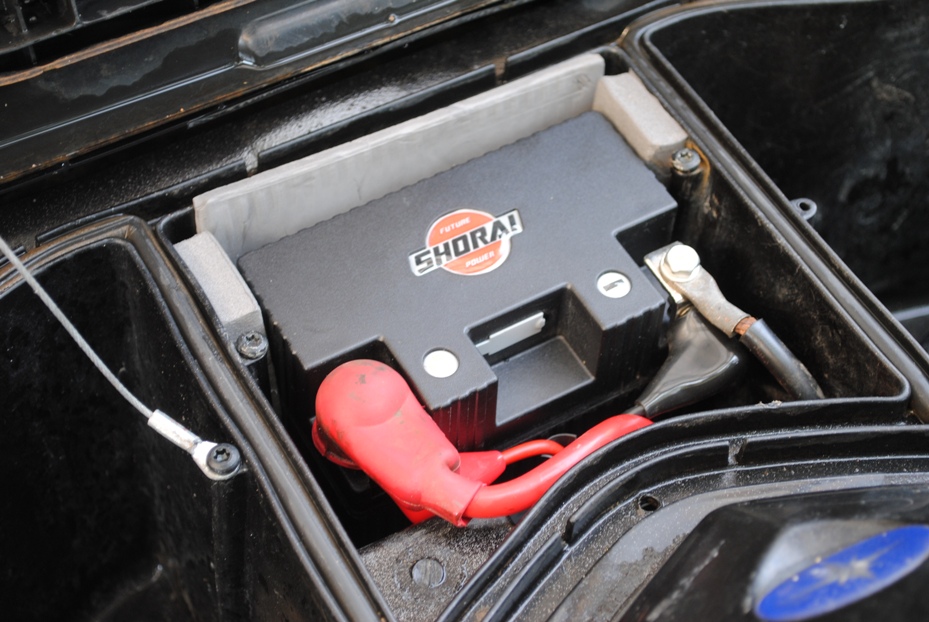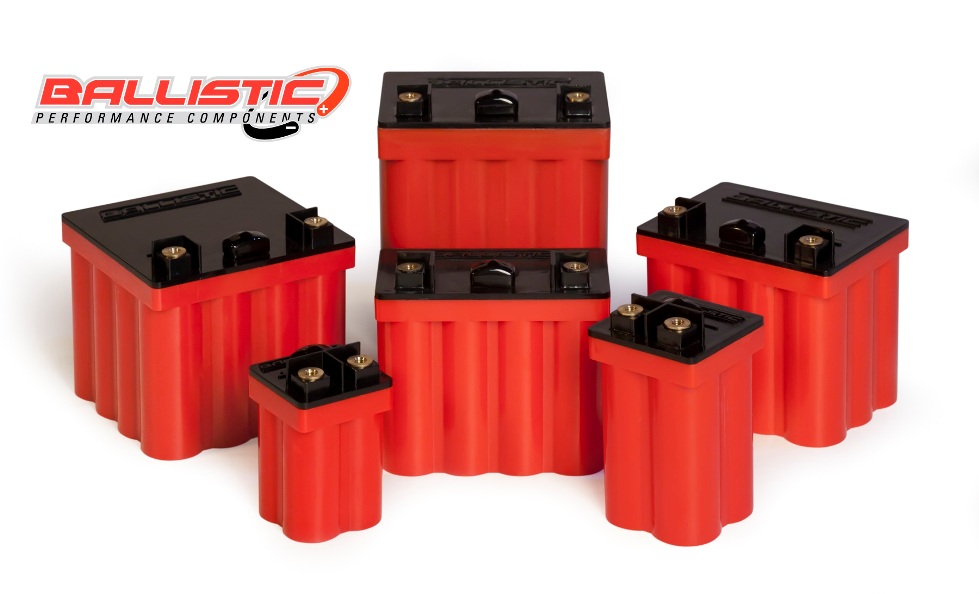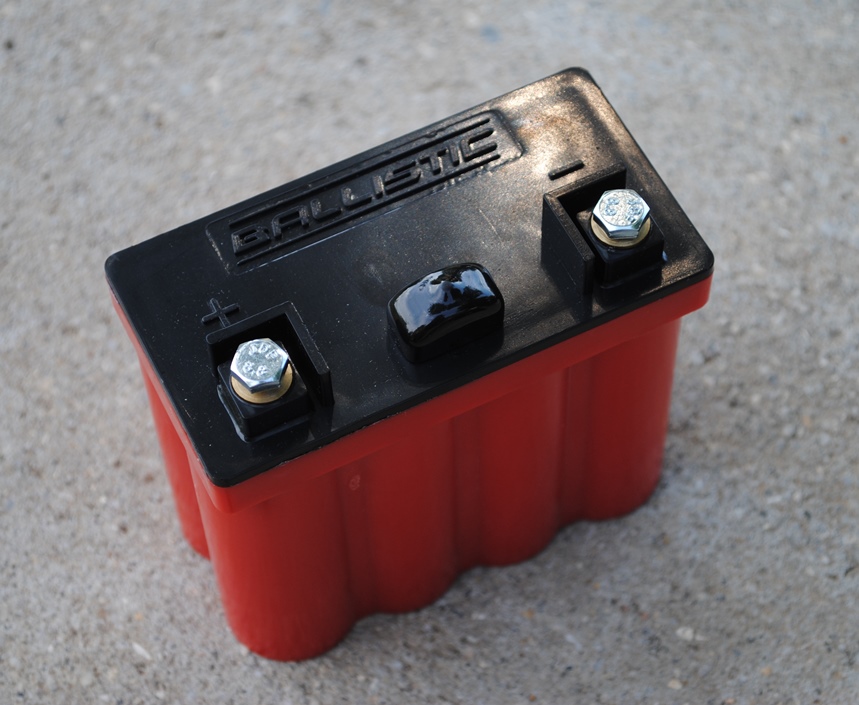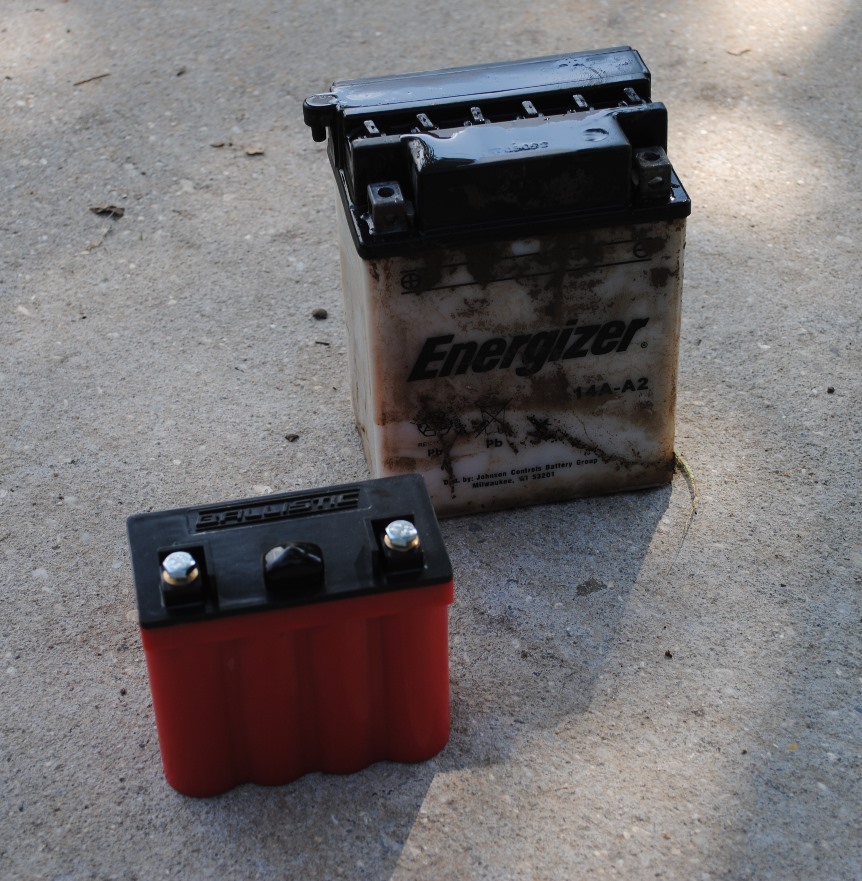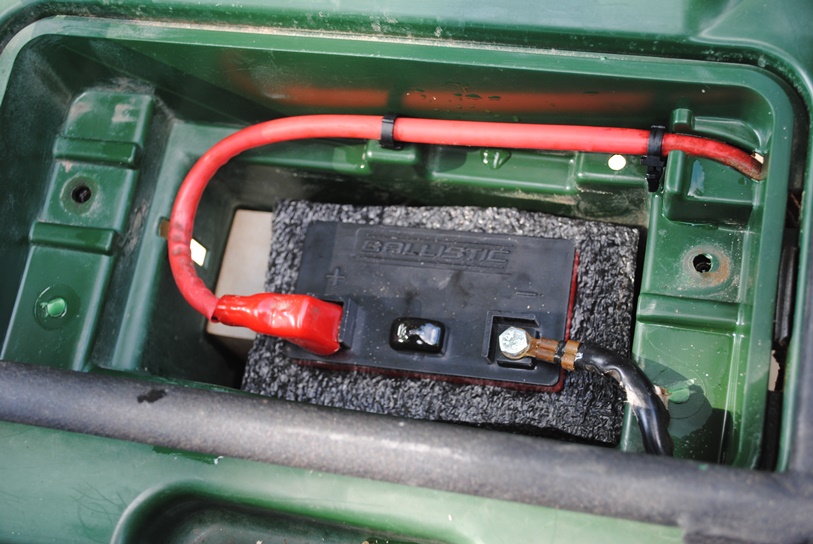We live in a very technological age. And even when we are ready to hit the trails and get away from it all we still depend on having our phones, cameras, GPS and other devices. Portable batteries have become common place, but most weren’t made to handle the trails or Mother Nature. For the last year we’ve been testing the Goal Zero Venture 30 and Nomad 7 products and they have you taken care of.
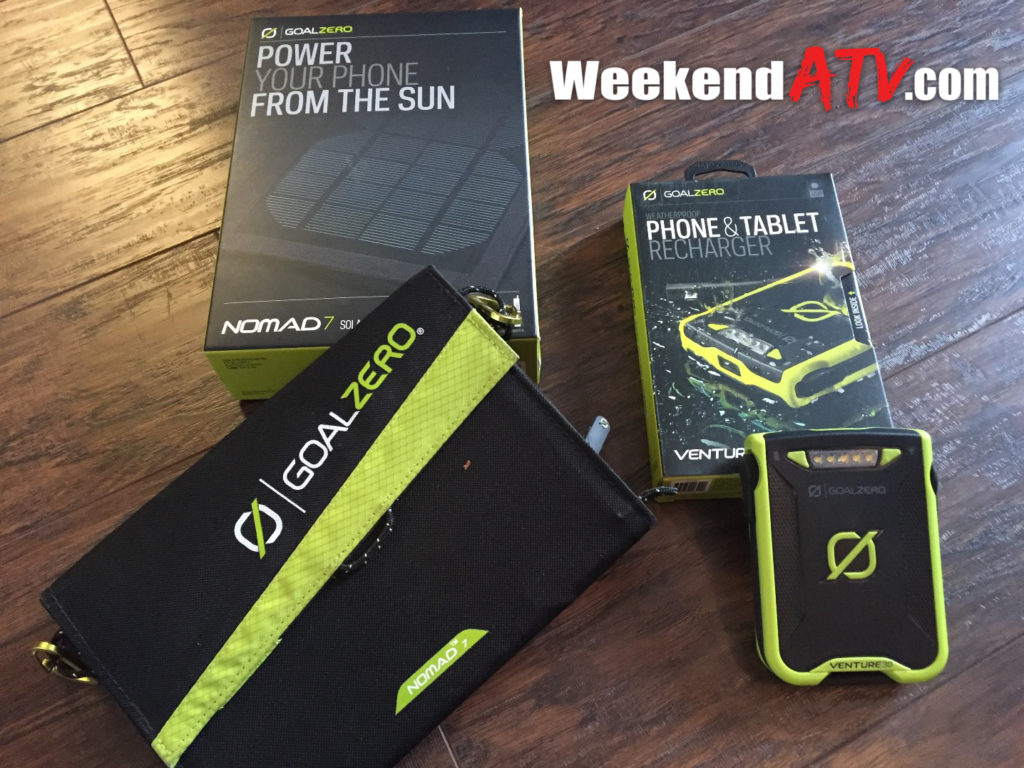
I utilize the same devices on the trails and camping as I do when I’m in the field training with the US Army, so before a field exercise I picked up the Goal Zero Venture 30 Recharger and the Nomad 7 Solar Panel. Both products are designed for the adventurer and whatever elements they might find themselves in.
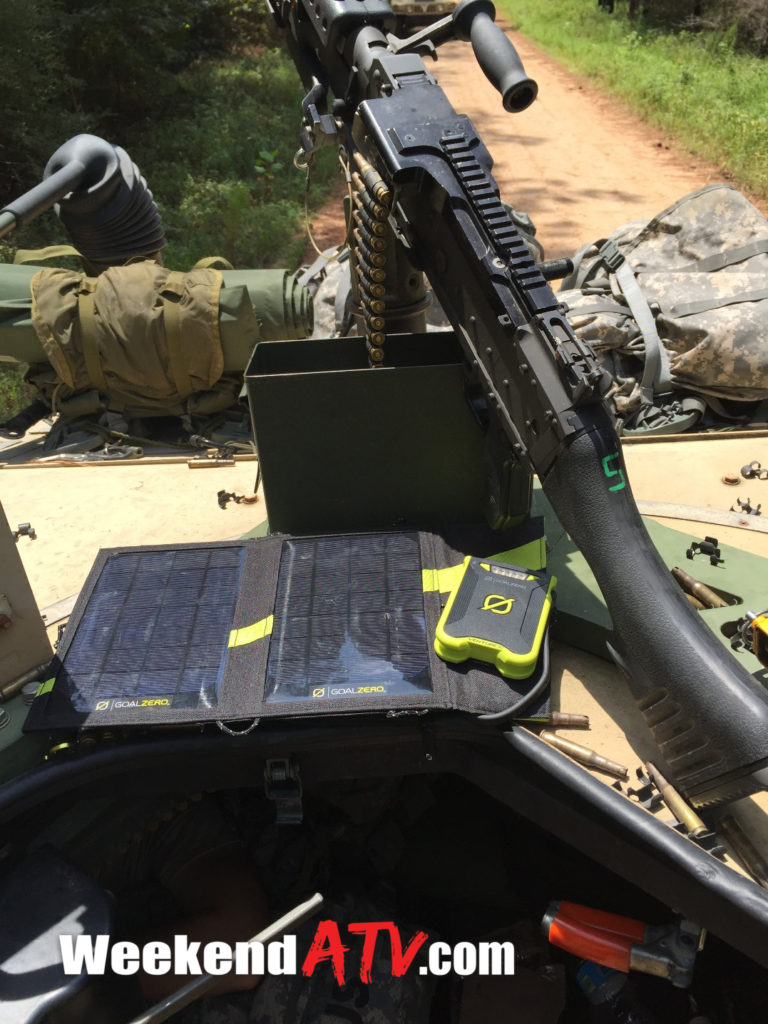
The Goal Zero Venture 30 is a portable battery pack with an IPX6 weather rating. This International Protection Marking code means that the Venture 30 has been certified with testing against 10 minutes of dripping water, 5 minutes of spraying water, 5 minutes of splashing water and 3 minutes of powerful water jets at 100 liters per minute! And it’s operating temperature range is from 32-114 degrees Fahrenheit (0-45C). Weighing in at only 8.8 ounces it won’t add much to your pack. The Li-ion battery is 29Wh and 7800mAh. When looking at batteries, the bigger these 2 numbers are, the better. Wh refers to watt-hours meaning, in this case, the Venture 30 could power a 29 watt light bulb for 1 hour, or a 5 watt phone for 6 hours, etc.
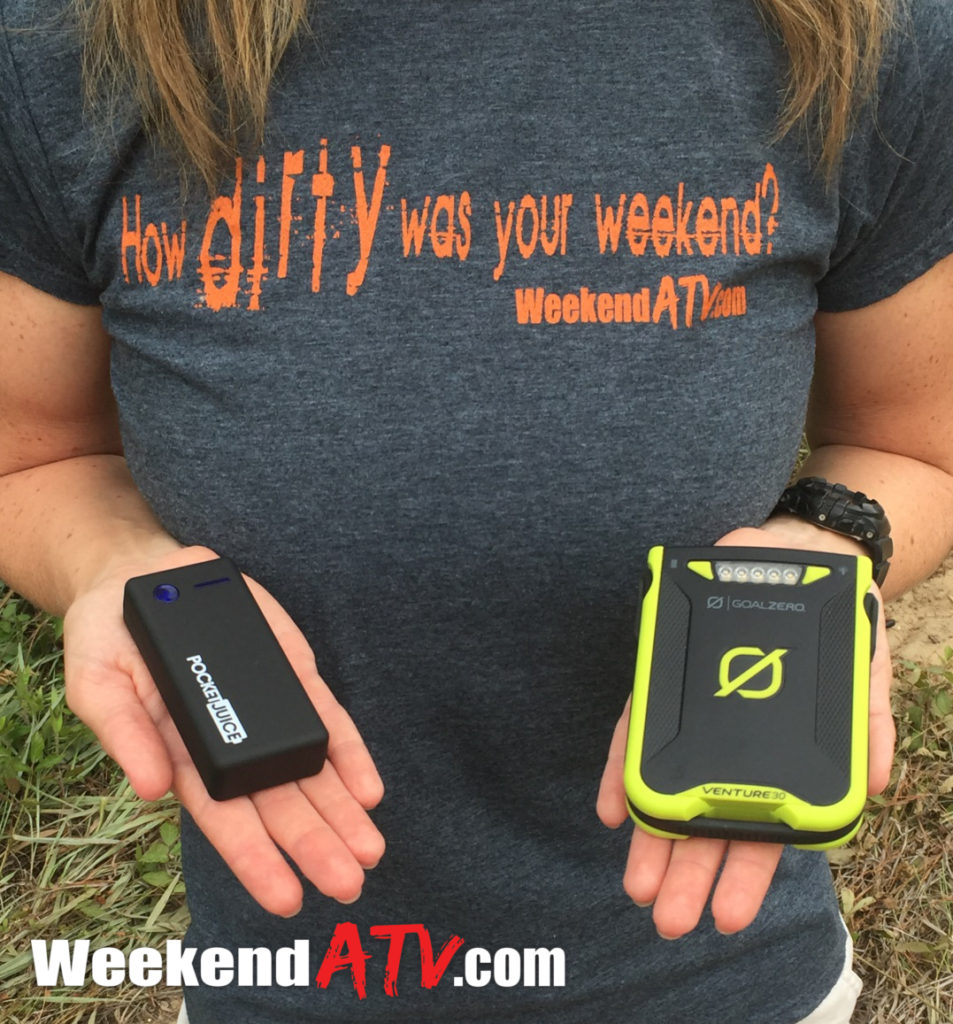
The Goal Zero Venture 30 compared to a 4000mAh PocketJuice.
The Goal Zero Venture 30 has 2 USB ports and a built in mini-USB cable so many phones and cameras won’t even need to bring along extra cords. Apple devices on the other hand…I digress. Charging the Venture 30 from dead off USB power takes about 5 hours. We tested it through wall power, off a computer and off a 12 volt car plug all with the same result. Output is impressive too. We ran an Apple iPhone 6 through our normal work day only using the Venture 30 to charge it. We got two and half days off the Venture 30. Off a fully charged Venture 30 you should be able to charge a smartphone 2.5 times, a GoPro camera 5 times and a tablet once. To save on time you can plug devices in while the Venture 30 is being charged back up as well.
The Goal Zero Venture 30 has 5 LED lights across the front with a button on either side. Pressing one of the buttons will light up the LEDs in blue to indicate how much of a charge the Venture 30 has on a scale of 1-5. The opposite button will cause the LEDS to glow white as a backup flashlight. You can cycle through 3 brightness modes and 2 strobe modes.
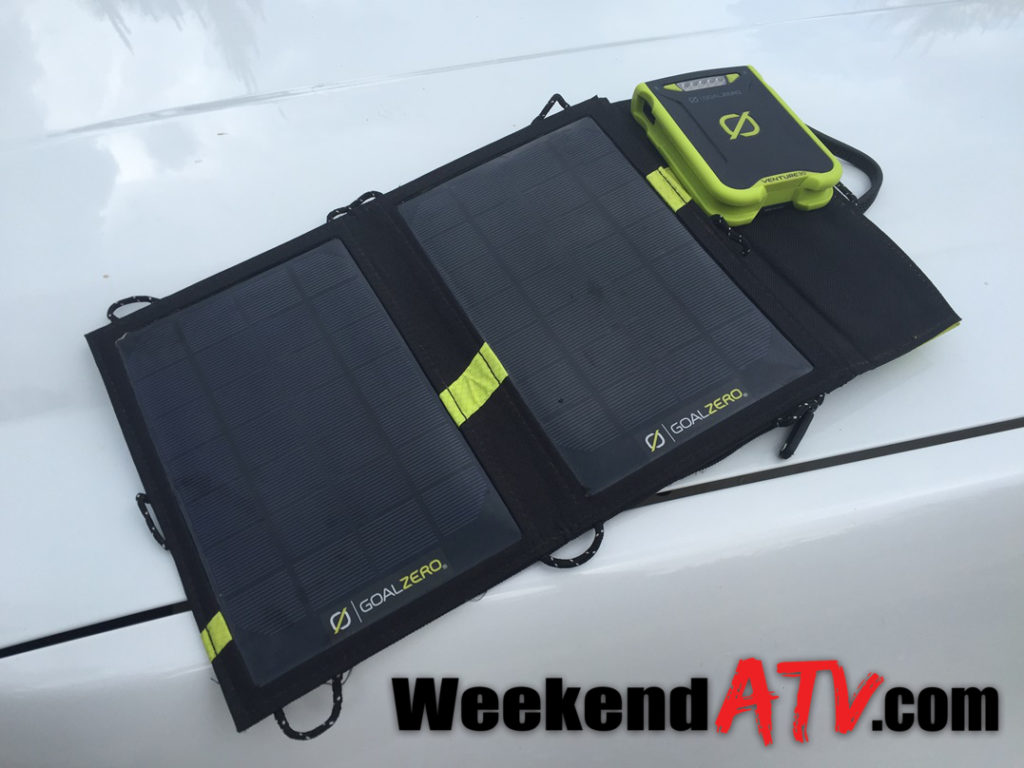 To give us the most versatility we also picked up the Goal Zero Nomad 7 solar panel. The Nomad 7 is a lightweight, weather-resistant, 7-watt solar panel that can be used to charge the Goal Zero Venture 30 or directly charge your smartphone, GPS or GoPro (no tablets). It has clipping points all around it to it can be easily strapped to a backpack or rack for charging on the go. The Nomad 7 will charge a Venture 30 from scratch in 8-16 hours depending on the amount of sun you are getting. You can chain multiple solar panels together to charge quicker. The Nomad 7 has a pocket built into itself to hold cables and the Venture 30 while it’s charging.
To give us the most versatility we also picked up the Goal Zero Nomad 7 solar panel. The Nomad 7 is a lightweight, weather-resistant, 7-watt solar panel that can be used to charge the Goal Zero Venture 30 or directly charge your smartphone, GPS or GoPro (no tablets). It has clipping points all around it to it can be easily strapped to a backpack or rack for charging on the go. The Nomad 7 will charge a Venture 30 from scratch in 8-16 hours depending on the amount of sun you are getting. You can chain multiple solar panels together to charge quicker. The Nomad 7 has a pocket built into itself to hold cables and the Venture 30 while it’s charging.
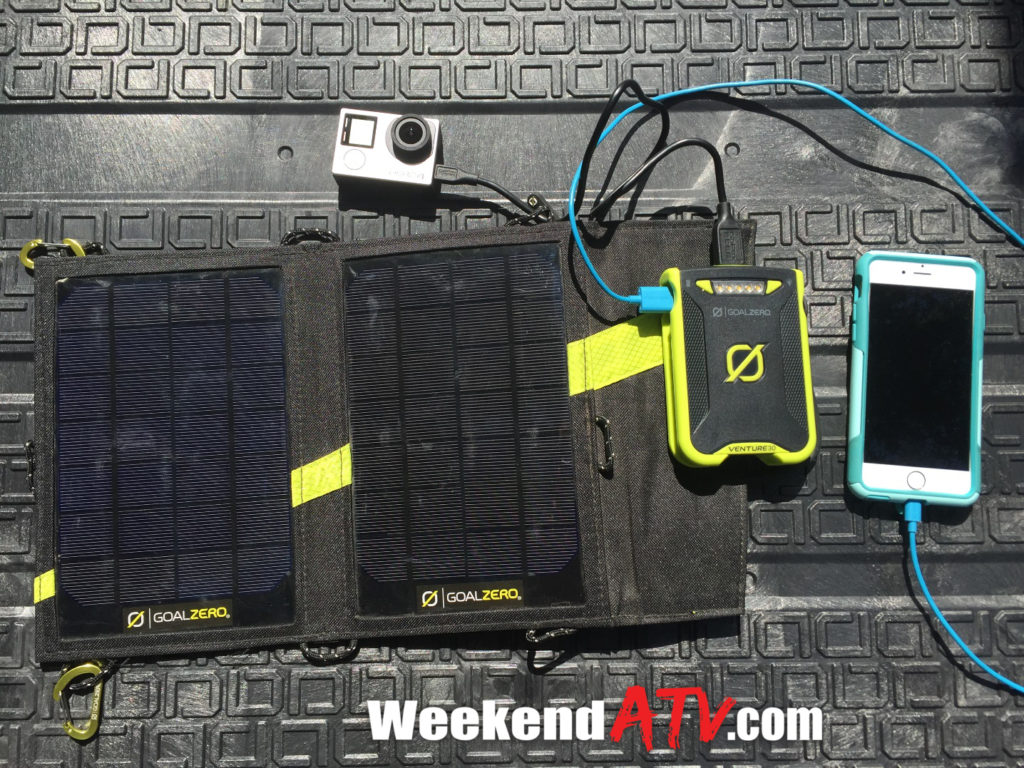
Goal Zero is a US company founded in 2009 and is focused on making power available whether you are off-grid or facing a natural disaster. They have a large line of solar panels, battery and recharge systems and accessories like lights and speakers all made to accompany your adventures. The Goal Zero Venture 30 has an MSRP of $99.99 and the Nomad 7 has an MSRP of $79.99. You can also buy them as a kit to save $10. I’ve bought and broken or lost enough of the cheap batteries packs to have paid for my Venture 30 already and those couldn’t withstand the outdoors. Goal Zero has done a great job with these two solutions. We haven’t found a better offering yet. To find your own check out http://www.goalzero.com. #solarlife


